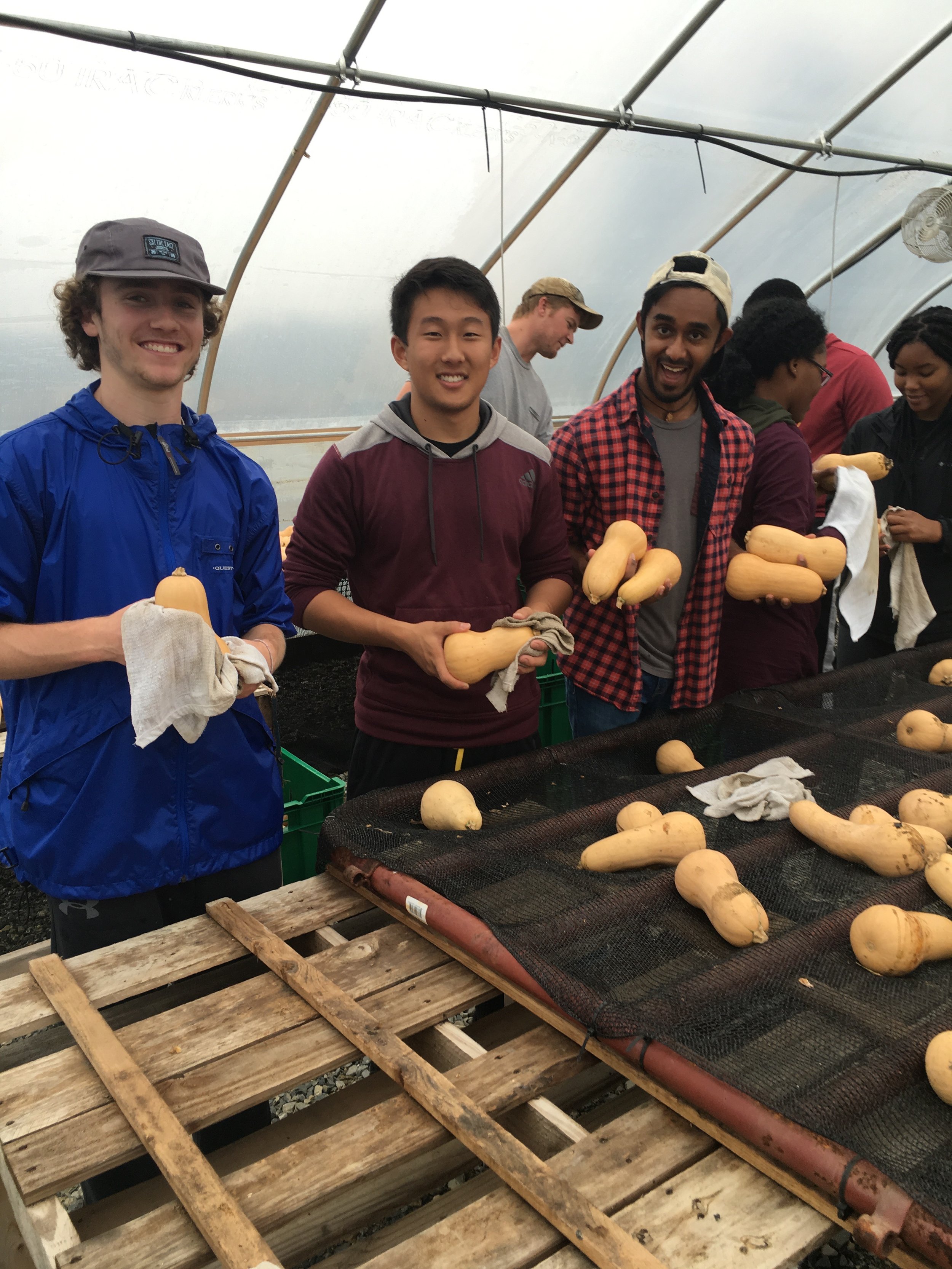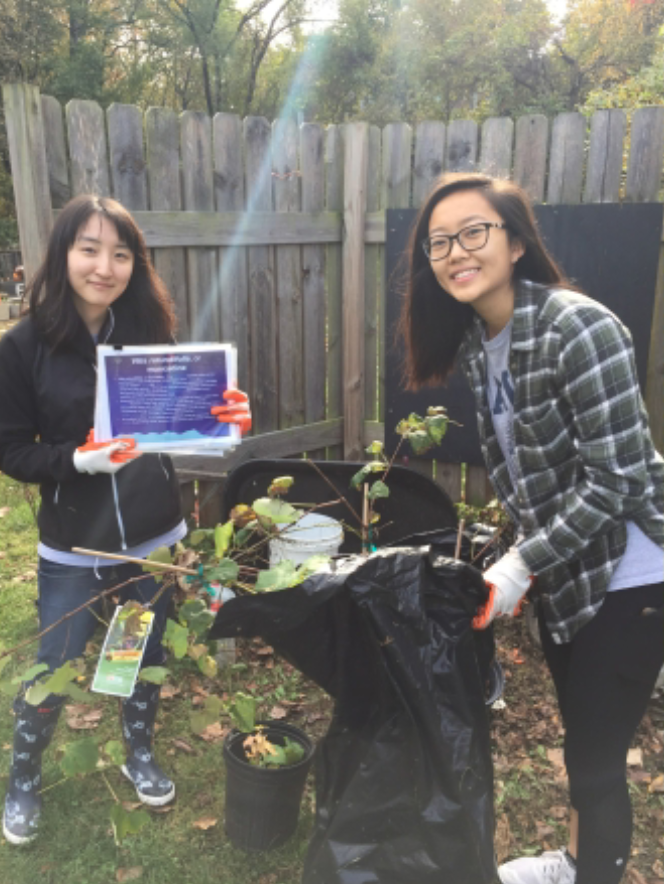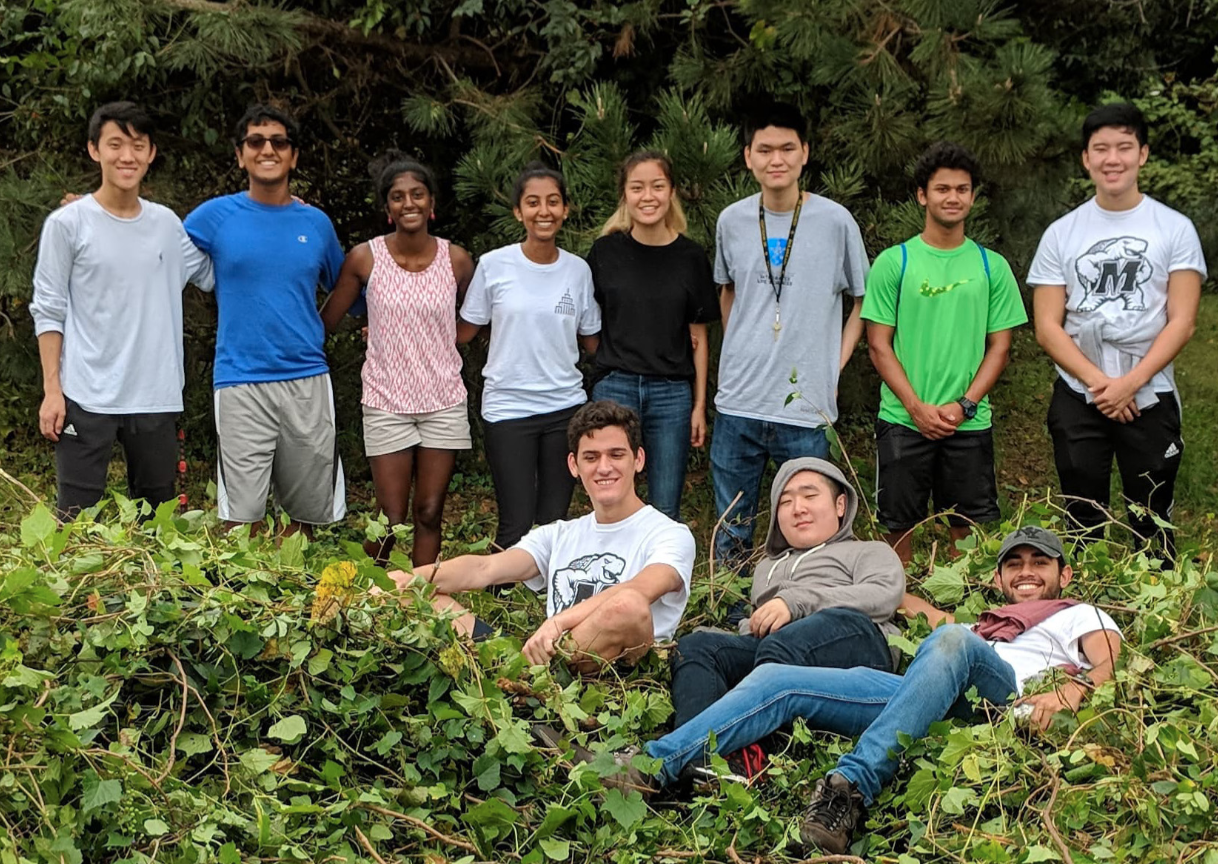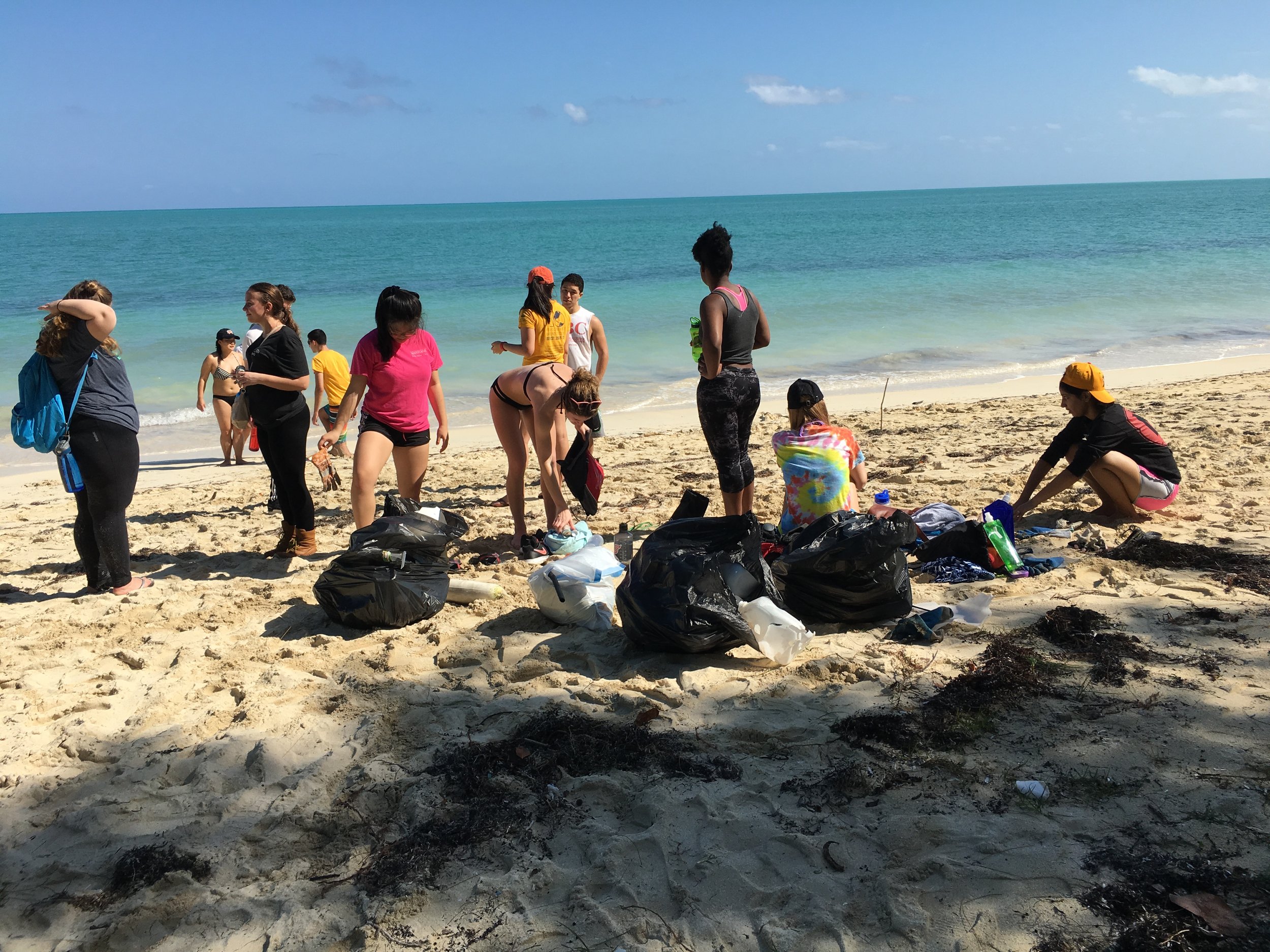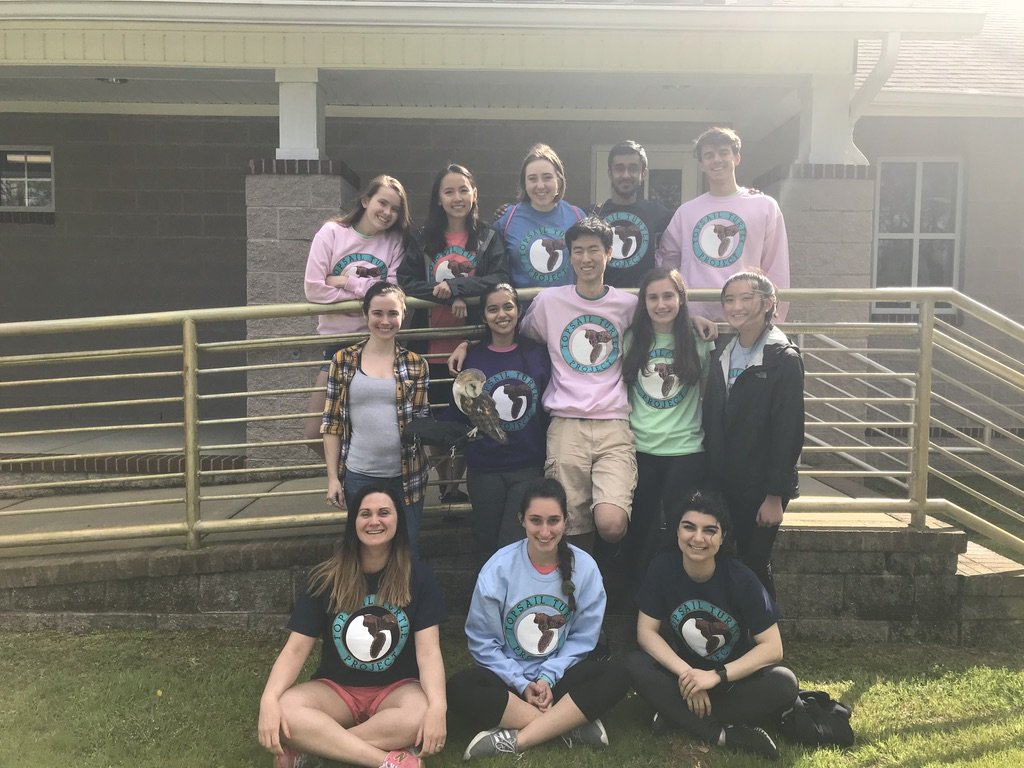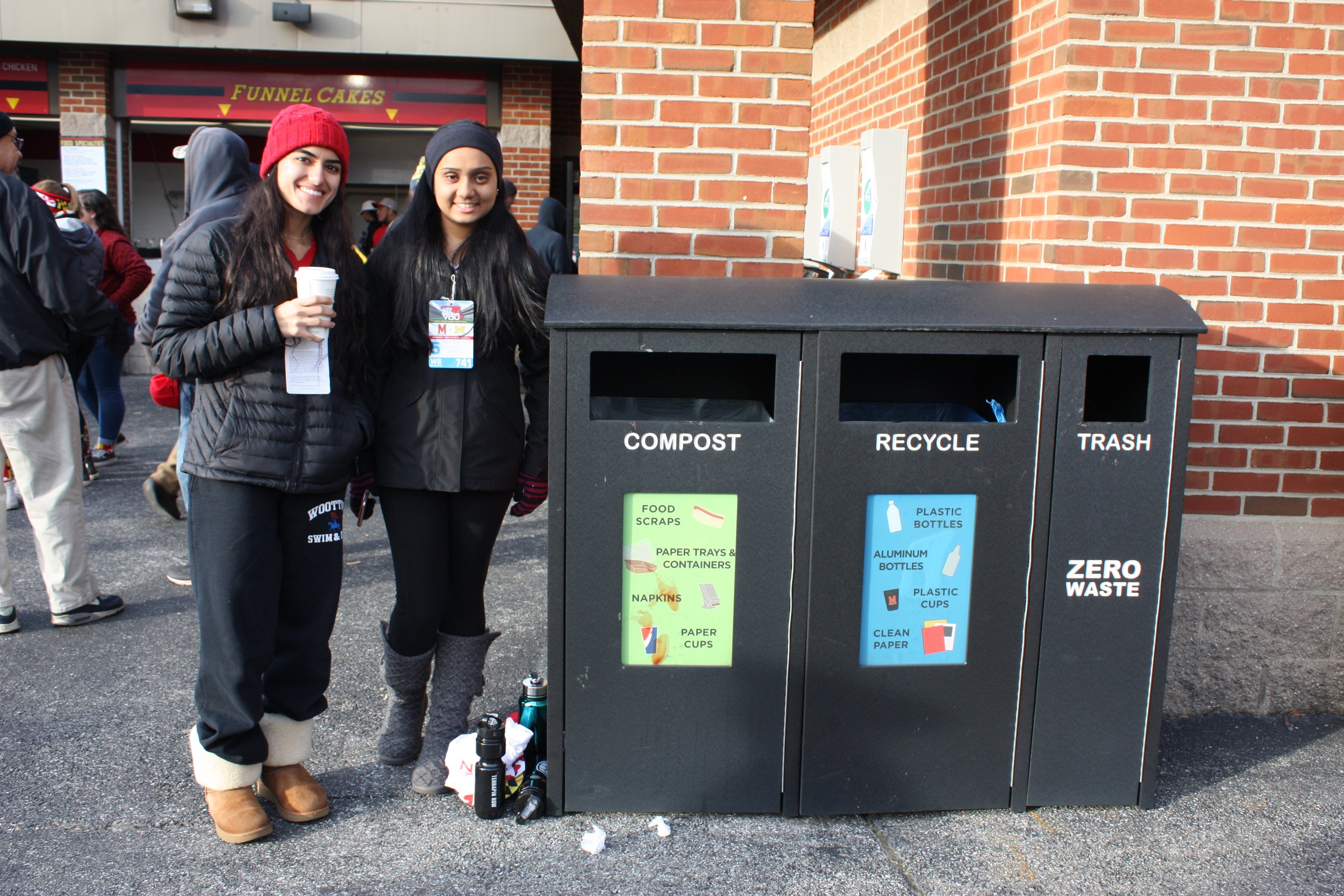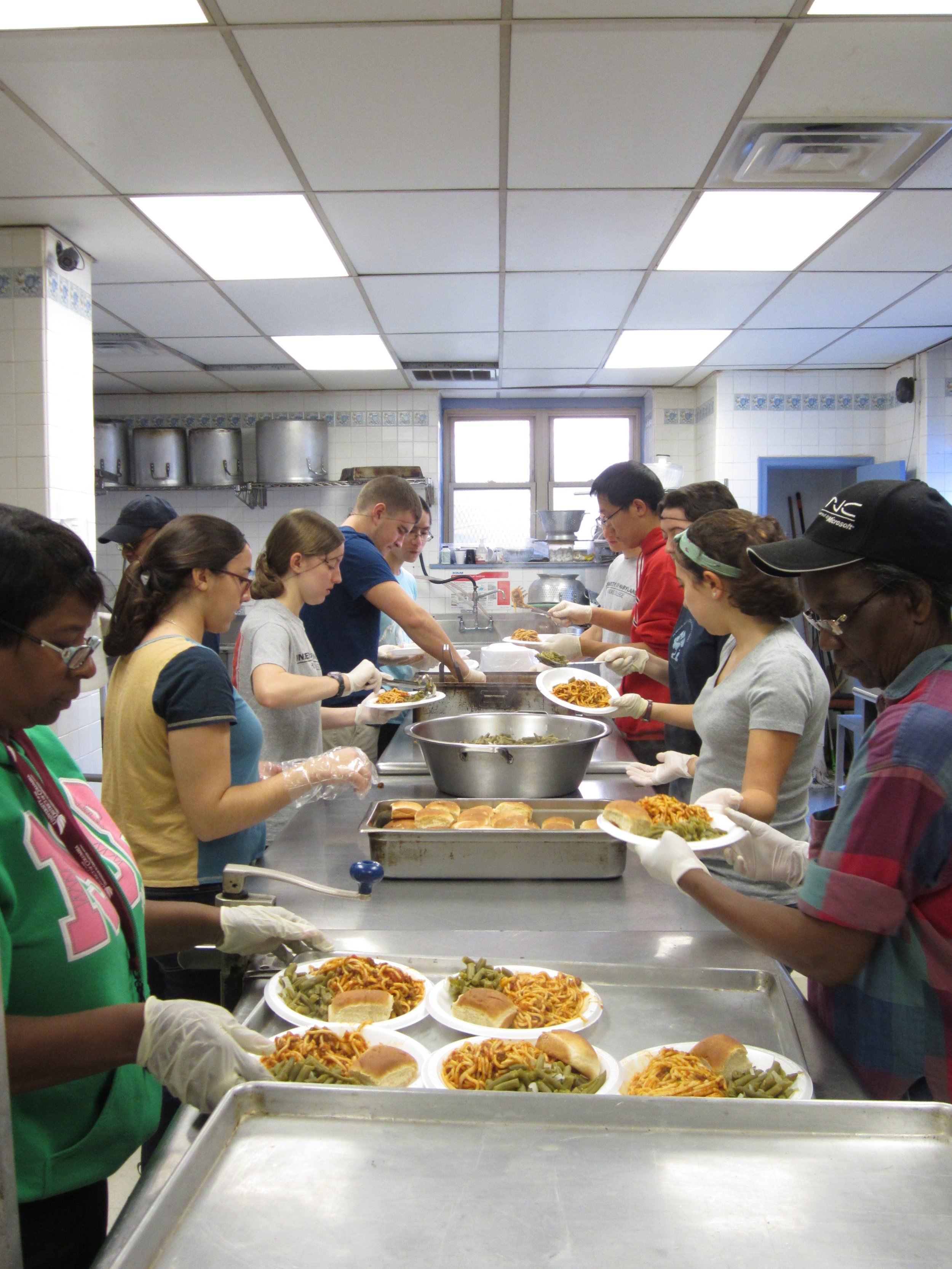First-Year Current Students: Service-Learning FAQs
Q: What qualifies as an acceptable service-learning experience?
A: There is a broad range of life sciences-related service work you could do for your service-learning requirement! You must 1) complete 25 hours, 2) the service must have a clear life science link that you articulate in your capstone project, and 3) your service work and capstone must be completed and turned in by April of your first year in ILS. Please see your slides from HLSC100 and HLSC100 for full details, as well as dozens of examples and suggestions for community partners.
Q: Can I get paid for my service work?
A: No. You cannot be compensated financially for your service experience, or earn credit for another course, or it is not service.
Q: My plans fell through after my proposal in October. Can I change community partners? Do I need to get Ms. Anzyl’s approval to change?
A: Yes, you can change your community partner. These things happen! You can switch your community partner any time, as long as you and your community partner have communicated effectively about why this partnership no longer makes sense. Please do not ghost your community partners! No, you don’t need Ms. Anzyl’s approval to make a change, just make sure your new service experience meets all of the parameters outlined in HLSC100 and HLSC102.
Q: Can I do clinical work for my service experience?
A: Yes. You are welcome to complete your service experience with whatever community partner satisfies your interests, curiosity, and meets the parameters of the capstone requirements. Note: When preparing your resume, clinical hours and service hours are separate sections, and you must be accurate with your reporting. For example, doing 25 hours as a hospital volunteer is fine for service for ILS, but you might want to include that under a Clinical Experience heading on your resume. You cannot count the same 25 hours for two different types of experience; that is fraud. HPAO can assist with this.
Q: Can I do research for my service experience?
A: Technically yes, but we do not advise this. You are welcome to complete your service experience with whatever community partner satisfies your interests, curiosity, and meets the parameters of the capstone requirements. However, we recommend not pursuing a research environment for your HLSC100/102 service experience as most labs will want a larger commitment than than, and you are better served saving that until your research requirement (see Research FAQs). Note: When preparing your resume, research hours and service hours are separate sections, and you must be accurate with your reporting. For example, doing 25 hours as a lab volunteer is fine for service for ILS, but you might want to include that under a Clinical Experience heading on your resume. You cannot count the same 25 hours for two different types of experience; that is fraud. HPAO can assist with this.
Q: Do I need to take pictures of my service experience?
A: Yes. The capstone requires 5 photos of your service experience be submitted to ELMS along with your capstone, or integrated into your capstone project. Make sure that the photos do not violate any guidelines from your partner in terms of confidentiality, state or federal law, etc. For example, identifying photos cannot be taken of minor children without parental consent, so if you are working with kids DO NOT take their photos. Talk to your partner about what photos would be appropriate. Students in the past have taken pictures of their lesson plans, the building where they worked, sites they visited, etc. Please be in a few of your photos, tell us where you are, and what you are doing.
Q: A friend and I did our service work with the same partner for the same hours. Can we submit the same capstone project?
A: No. Each student must submit their own unique capstone project reflecting on their service experience. Students may assist each other in capstone projects, such as being a panelist on a podcast, an actor in a skit, or an instrumentalist in a performance. However, each student must submit their own project. Two students submitting the same work violates the UMD Code of Academic integrity.

